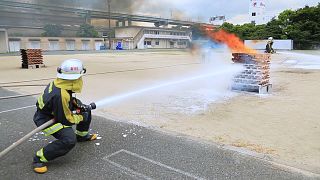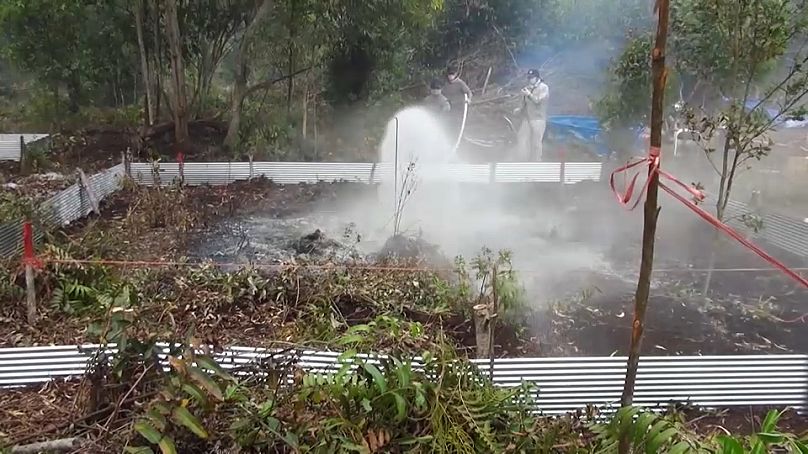At least 20 of the 105 soldiers who died amid Israel's ground offensive in Gaza were killed in accidents, including friendly fire, the Israel Defense Forces said.

Dec. 12, 2023
By Chantal Da Silva
TEL AVIV — About one-fifth of Israeli soldiers killed during Israel's ground offensive in the Gaza Strip, which began in late October, died from friendly fire and other accidents, the Israel Defense Forces said Tuesday.
At least 105 Israeli soldiers have died since the military began ground operations began in Gaza, an IDF spokesperson said. At least 20 of those deaths were caused by "accidents," they said.
Of those 20 deaths, 13 were caused by friendly fire, or internal fire from the military's own troops. Six were caused by other accidents related to "weaponry, machinery, trampling," they said. At least one death was caused by firing irregularities.
The incidents of soldiers killed by friendly fire were due to mistaken identification in airstrikes, tank shelling and gunfire, the Times of Israel separately reported.
One soldier was killed in gunfire that was not intended to hit them, the outlet reported, while another two were killed in accidental misfires.
Two soldiers, according to the Times, were killed in incidents involving armored vehicles running over troops, and two others were killed by shrapnel, including from explosives set off by Israeli forces.
An IDF spokesperson did not immediately respond to a request for further information on the deaths and any injuries related to accidents.
The IDF has said it is constantly assessing the ongoing fighting in Gaza, including the cases of friendly fire, the Times of Israel reported.
Atlantic Council fellow and military intelligence expert Alex Plitsas said that in the "fog of war" it is difficult to discern whether the number of fatalities related to accidents, amounting to just under 20% of the 105 killed, could reflect any broader issues around the IDF and the offensive.
"Obviously, any time there's a friendly fire incident ... it needs to be looked at and investigated," he said.
"It is a significant percentage when you look at it, right?" he said. "But also, when you look at the overall number of soldiers who have been killed from a statistical standpoint, right, is it statistically significant to suggest that there is a major problem that's related, that is causing these incidents? Or are these a handful of incidents and because of the number of soldiers killed is around 100 right now, it looks statistically worse than it actually is?"
"It's hard to tell without evaluating each of the incidents," he said, adding: "I would imagine that the Israelis are taking a look at this situation ... and that there will be, I think, investigations into what transpired."
Israeli troops have been on the ground in Gaza since late October, when they gradually began operations after suggesting for days that a full-scale ground invasion could take place.
In the weeks since then, their ground and aerial offensive has expanded, with Israel initially ordering civilians in northern Gaza to move south, where they were told they would find safety.
But in recent weeks, southern Gaza has also faced relentless bombardment, leaving roughly 90% of the population in the enclave displaced, according to the United Nations, while close to 18,000 people have been killed in Gaza, according to the Palestinian health ministry in the enclave.
Israel has said it will continue its offensive until Hamas is eliminated and until all of the more than 100 people still held hostage during its brutal Oct. 7 attack are freed.
Hamas and other militants took around 240 people hostage that day, and killed some 1,200 people, according to Israeli officials. Dozens of those hostages were released amid a recent cease-fire, while others have died in captivity.



 T
T






